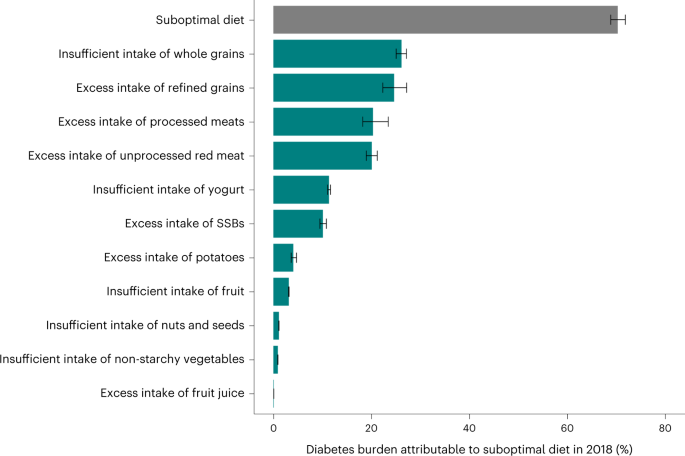2023-04-17 ニューサウスウェールズ大学(UNSW)
10年間に渡り、10万人以上のゲイ・バイセクシャル男性を対象としたこの研究では、HIVの治療が成功した割合が1ポイント増えるごとに、新規感染が5倍減少することが明らかになりました。TasPの成功は、曝露前予防薬(PrEP)の利用や診断検査へのアクセス向上にも起因しています。
本研究は、HIVの撲滅にはHIV検査への投資が不可欠であり、TasPとPrEP、検査・治療へのアクセス向上を組み合わせることが、強力な公衆衛生戦略であることを示唆しています。
<関連情報>
- https://newsroom.unsw.edu.au/news/health/treatment-prevention-works-hiv-infections-down-66-cent-nsw-and-victoria
- https://www.thelancet.com/journals/lanhiv/article/PIIS2352-3018(23)00050-4/fulltext
オーストラリアにおけるシスジェンダーのゲイ、バイセクシャル、その他の男性と性交渉を持つ男性におけるHIVの発症に対する予防としての治療とその効果:10年間の縦断コホート研究 HIV treatment-as-prevention and its effect on incidence of HIV among cisgender gay, bisexual, and other men who have sex with men in Australia: a 10-year longitudinal cohort study
Denton Callander, Hamish McManus, Richard T Gray, Andrew E Grulich, Andrew Carr, Jennifer Hoy, Basil Donovan, Christopher K Fairley,Martin Holt, David J Templeton, Siaw-Teng Liaw, James M McMahon, Jason Asselin, Kathy Petoumenos, Margaret Hellard, Alisa Pedrana, Julian Elliott,Phillip Keen,Jane Costello,Richard Keane,John Kaldor, Mark Stoové, Rebecca Guy
Lancet HIV Published:April 14, 2023
DOI:https://doi.org/10.1016/S2352-3018(23)00050-4
Summary
Background
Although HIV treatment-as-prevention reduces individual-level HIV transmission, population-level effects are unclear. We aimed to investigate whether treatment-as-prevention could achieve population-level reductions in HIV incidence among gay, bisexual, and other men who have sex with men (GBM) in Australia’s most populous states, New South Wales and Victoria.
Methods
TAIPAN was a longitudinal cohort study using routine health record data extracted from 69 health services that provide HIV diagnosis and care to GBM in New South Wales and Victoria, Australia. Data from Jan 1, 2010, to Dec 31, 2019, were linked within and between services and over time. TAIPAN collected data from all cisgender GBM who attended participating services, resided in New South Wales or Victoria, and were 16 years or older. Two cohorts were established: one included HIV-positive patients, and the other included HIV-negative patients. Population prevalence of viral suppression (plasma HIV viral load <200 RNA copies per μL) was calculated by combining direct measures of viral load among the HIV-positive cohort with estimates for undiagnosed GBM. The primary outcome of HIV incidence was measured directly via repeat testing in the HIV-negative cohort. Poisson regression analyses with generalised estimating equations assessed temporal associations between population prevalence of viral suppression and HIV incidence among the subsample of HIV-negative GBM with multiple instances of HIV testing.
Findings
At baseline, the final sample (n=101 772) included 90 304 HIV-negative and 11 468 HIV-positive GBM. 59 234 patients in the HIV-negative cohort had two or more instances of HIV testing and were included in the primary analysis. Over the study period, population prevalence of viral suppression increased from 69·27% (95% CI 66·41–71·96) to 88·31% (86·37–90·35), while HIV incidence decreased from 0·64 per 100 person-years (95% CI 0·55–0·76) to 0·22 per 100 person-years (0·17–0·28). Adjusting for sociodemographic characteristics and HIV pre-exposure prophylaxis (PrEP) use, treatment-as-prevention achieved significant population-level reductions in HIV incidence among GBM: a 1% increase in population prevalence of viral suppression corresponded with a 6% decrease in HIV incidence (incidence rate ratio [IRR] 0·94, 95% CI 0·93–0·96; p<0·0001). PrEP was introduced in 2016 with 17·60% uptake among GBM that year, which increased to 36·38% in 2019. The relationship between population prevalence of viral suppression and HIV incidence was observed before the availability of PrEP (IRR 0·98, 95% CI 0·96–0·99; p<0·0001) and was even stronger after the introduction of PrEP (0·80, 0·70–0·93; p=0·0030).
Interpretation
Our results suggest that further investment in HIV treatment, especially alongside PrEP, can improve public health by reducing HIV incidence among GBM.
Funding
National Health and Medical Research Council of Australia.



